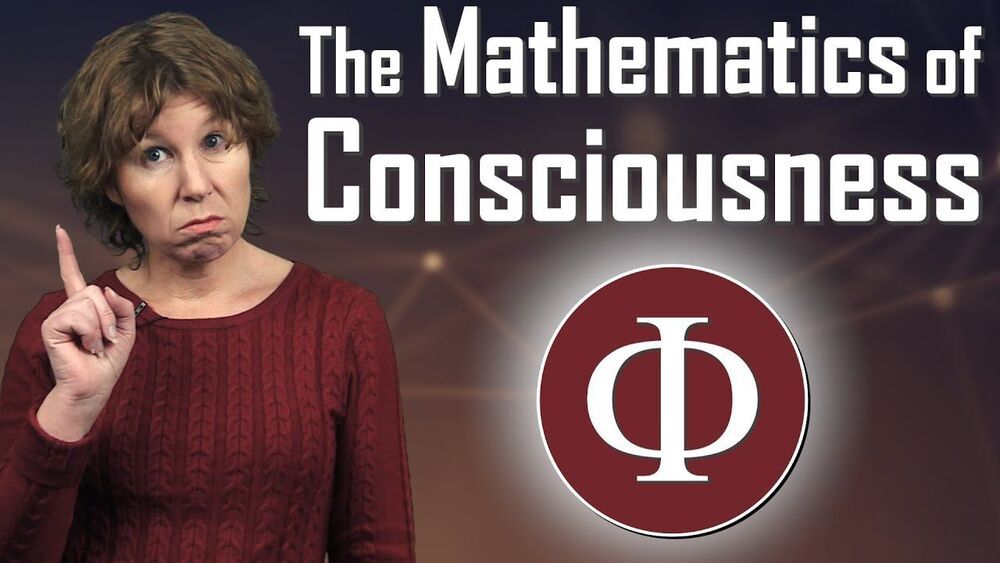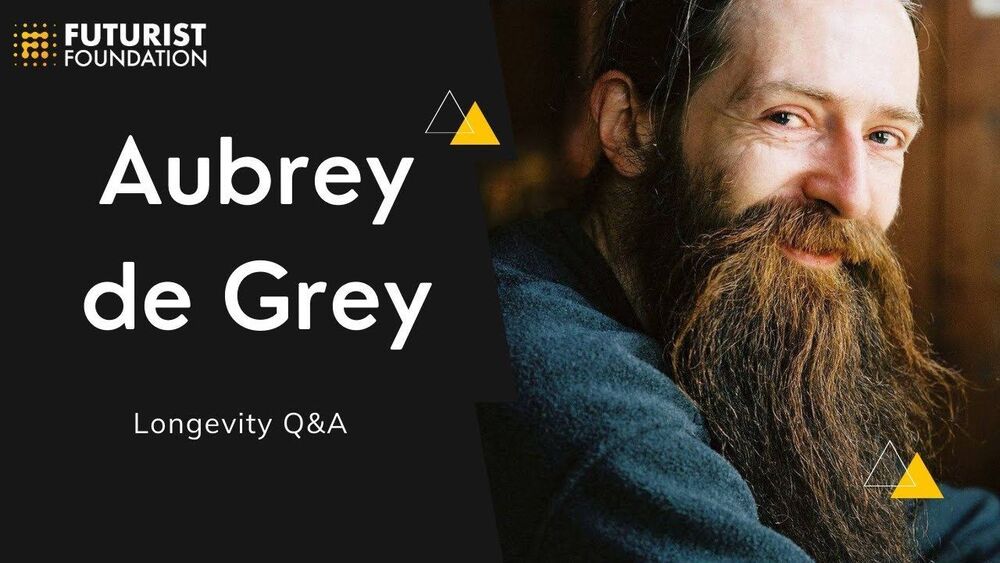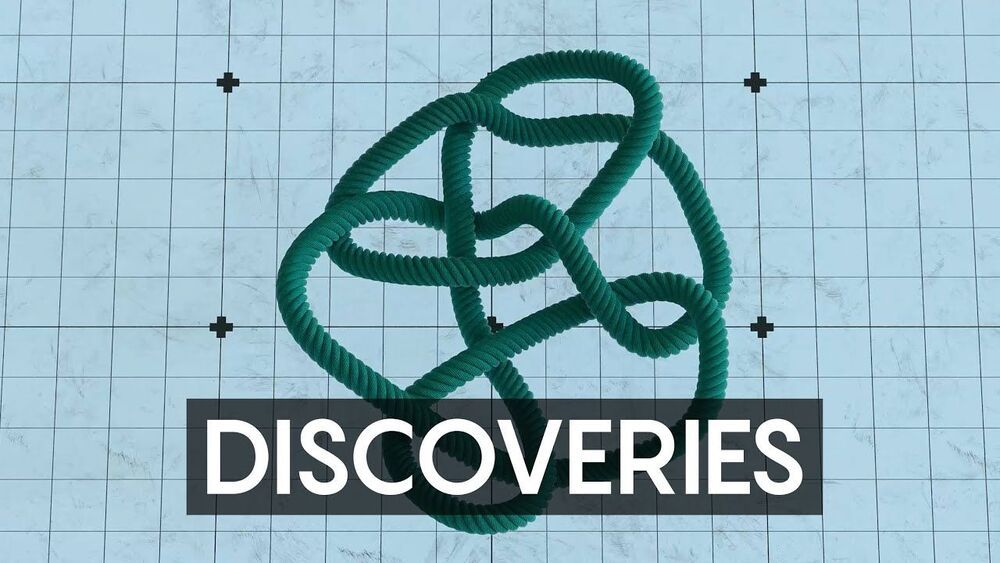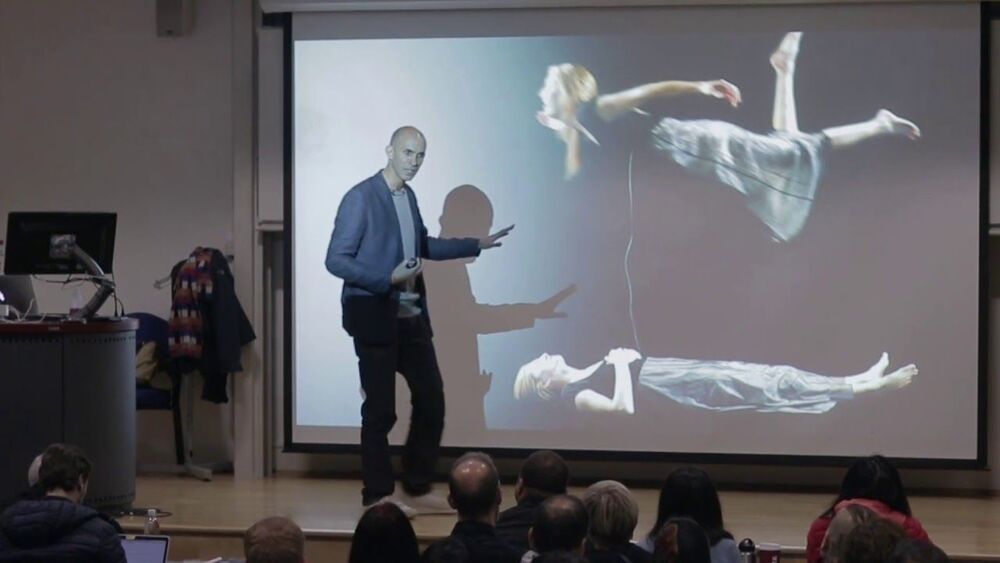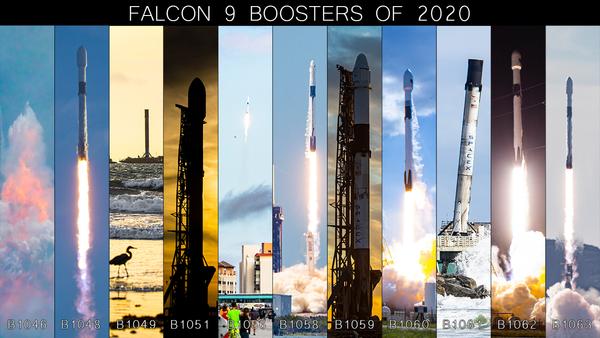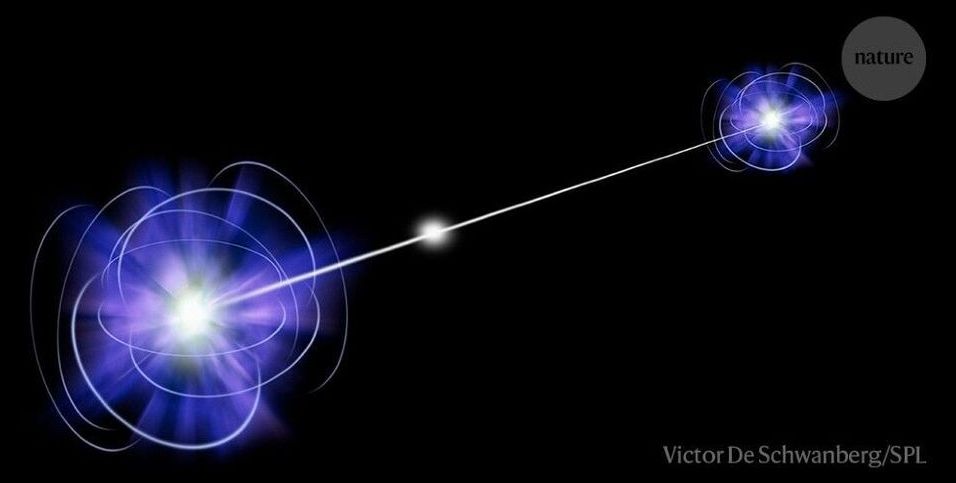To understand ourselves and our place in the universe, “we should have humility but also self-respect,” the physicist writes in a new book.
In the spring of 1970, colleges across the country erupted with student protests in response to the Vietnam War and the National Guard’s shooting of student demonstrators at Kent State University. At the University of Chicago, where Frank Wilczek was an undergraduate, regularly scheduled classes were “improvised and semivoluntary” amid the turmoil, as he recalls.
It was during this turbulent time that Wilczek found unexpected comfort, and a new understanding of the world, in mathematics. He had decided to sit in on a class by physics professor Peter Freund, who, with a zeal “bordering on rapture,” led students through mathematical theories of symmetry and ways in which these theories can predict behaviors in the physical world.

